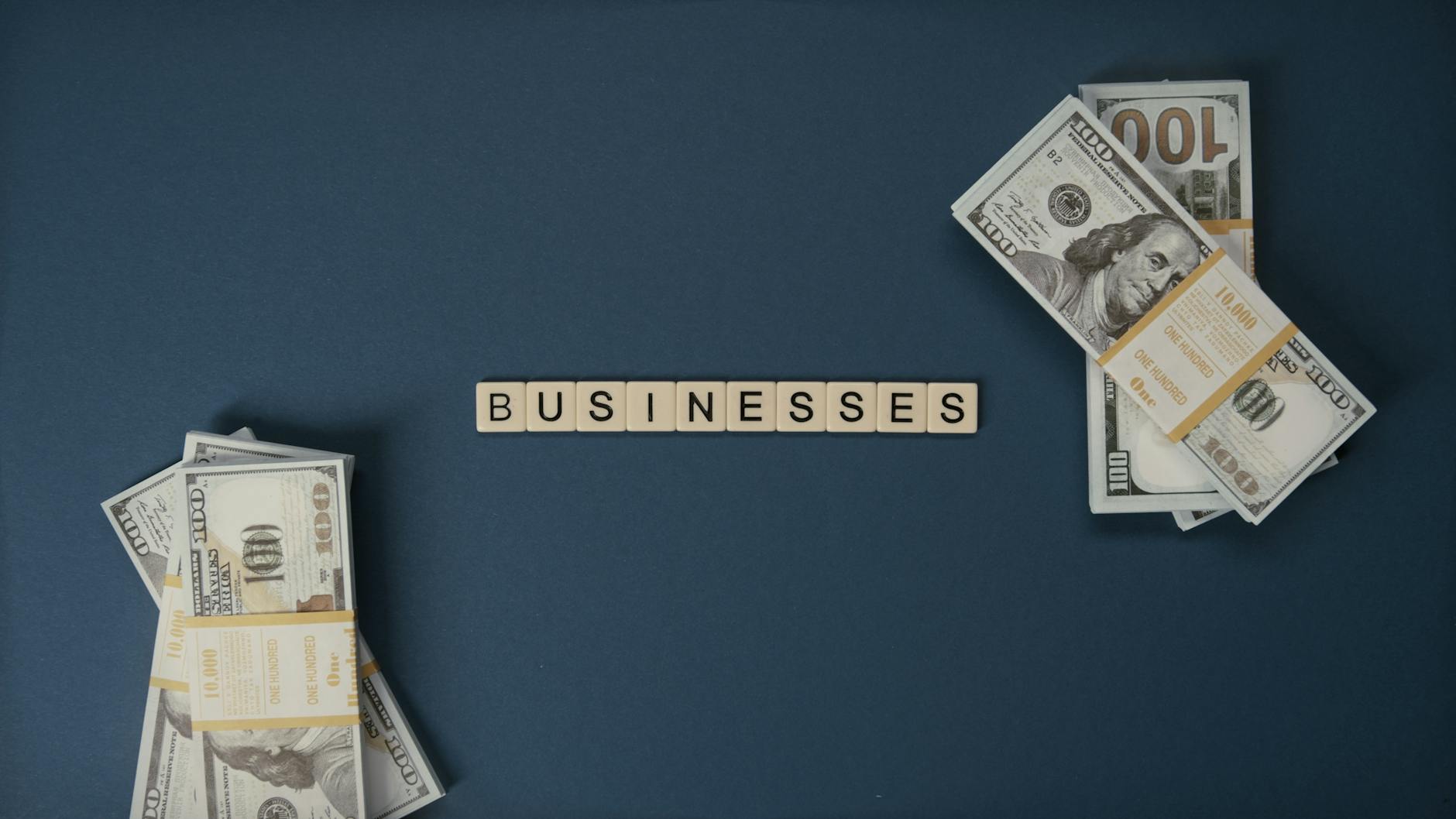Venture capital (VC) has always seemed glamorous—investing in the next big thing, getting a front-row seat to startup innovation, and riding billion-dollar exits. But beneath the glitz lies a highly calculated and structured approach driven by risk management, portfolio theory, and financial discipline.
If you’re a startup founder or aspiring investor, understanding how VCs actually make money is critical—not just to attract capital, but also to appreciate the pressure VCs operate under and the decisions they make.
What is the VC Fund Structure?
Venture capital firms follow a two-tiered structure:
1. Limited Partners (LPs)
These are the investors behind the fund—usually pension funds, endowments, family offices, or HNIs. LPs allocate only 2–5% of their capital to venture capital because it’s high risk. But it also offers the highest potential returns.
2. General Partners (GPs)
These are the managers of the fund. GPs raise money from LPs, make investment decisions, and manage the fund’s operations. Their incentives are aligned through:
- Management Fee (2%) – Pays for salaries, rent, and operations.
- Carry (20%) – A performance-based bonus earned if the fund surpasses a target return (usually 12% per annum for LPs).
The 2 and 20 Rule – Explained with Numbers
A $100 million fund would typically:
- Use $20 million over 10 years for management fees.
- Invest $80 million into startups.
- Expect returns above $310 million to beat LP expectations (based on 12% CAGR over 10 years).
Sound crazy? Let’s see how it works.
How the VC Game is Played – Portfolio Math
VCs know that 80% of their returns come from just 20% of their investments. So they spread bets across 10–15 startups hoping for 1–2 unicorns.
Let’s assume:
- 10 equal investments of $8M each (after deducting fees).
- VCs hold 25% stake at exit.
Scenario 1: All exit at $50M
VC return = 10 × 25% × $50M = $125M → Not enough.
Scenario 2: 5 exit at $50M, 5 at $100M
VC return = $187.5M → Still short.
Scenario 3: Add one big win
One startup exits at $500M → Total = $287.5M → Almost there.
Scenario 4: Need a Unicorn
One startup exits at $1B → Total return = $362.5M → Jackpot!
Reality Check
Most funds see:
- 5 total failures
- 3 small exits
- 1 moderate exit
- 1 big win
This adds up to around $318M. Barely enough to deliver returns expected by LPs.
So, How Do VCs Reduce Risk?
They evaluate startups across 5 key Ts:
- Team – Is the team capable and cohesive?
- TAM (Total Addressable Market) – Is the opportunity massive?
- Technology – Can it scale and defend?
- Traction – Is there real market pull?
- Trenches – Are there defensible moats (IP, brand, distribution)?
Final Thoughts
Being a VC isn’t about gambling—it’s about portfolio strategy, risk mitigation, and understanding the power law of returns. And for founders, knowing this helps you understand why investors pass, how they evaluate you, and what you can do to be part of their winning 20%.
The information provided in this content is for educational and informational purposes only
